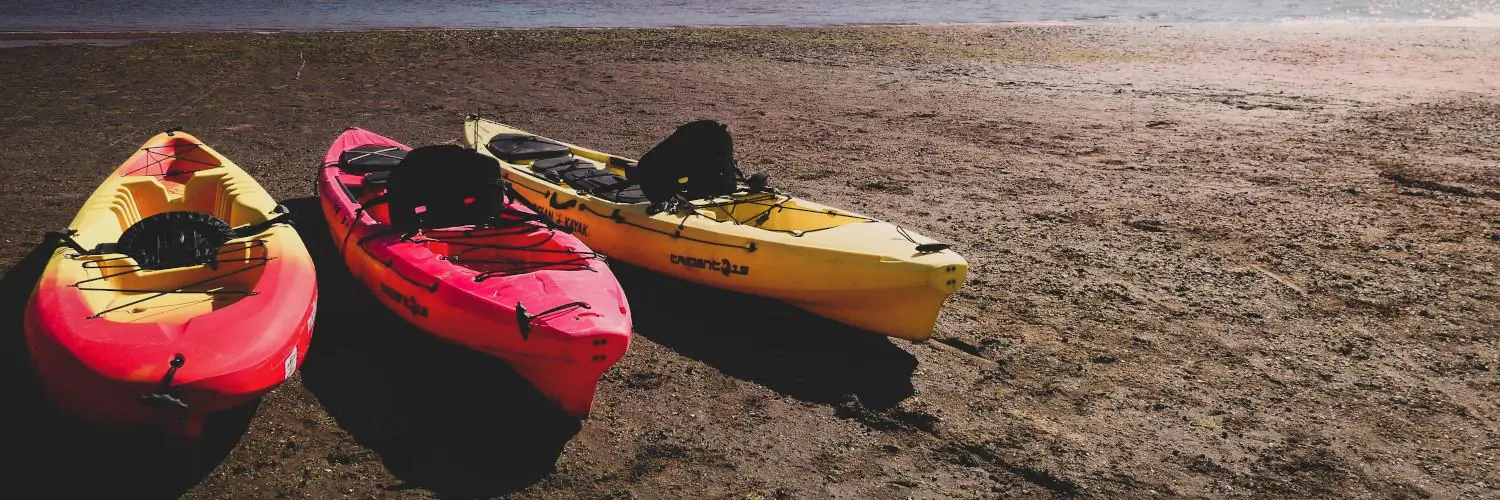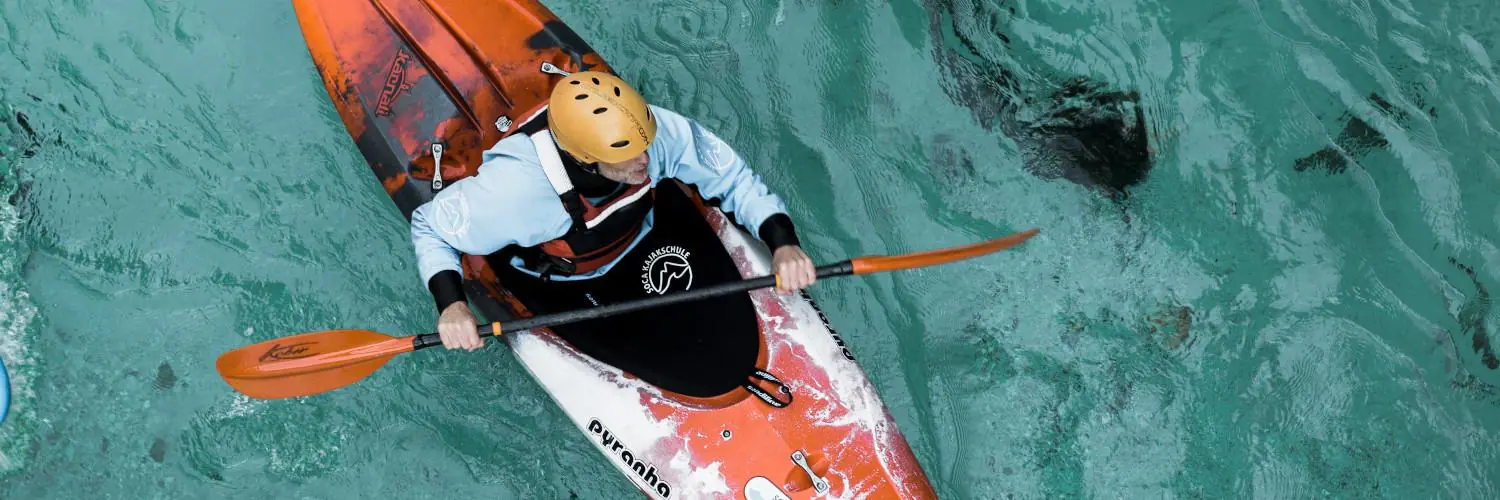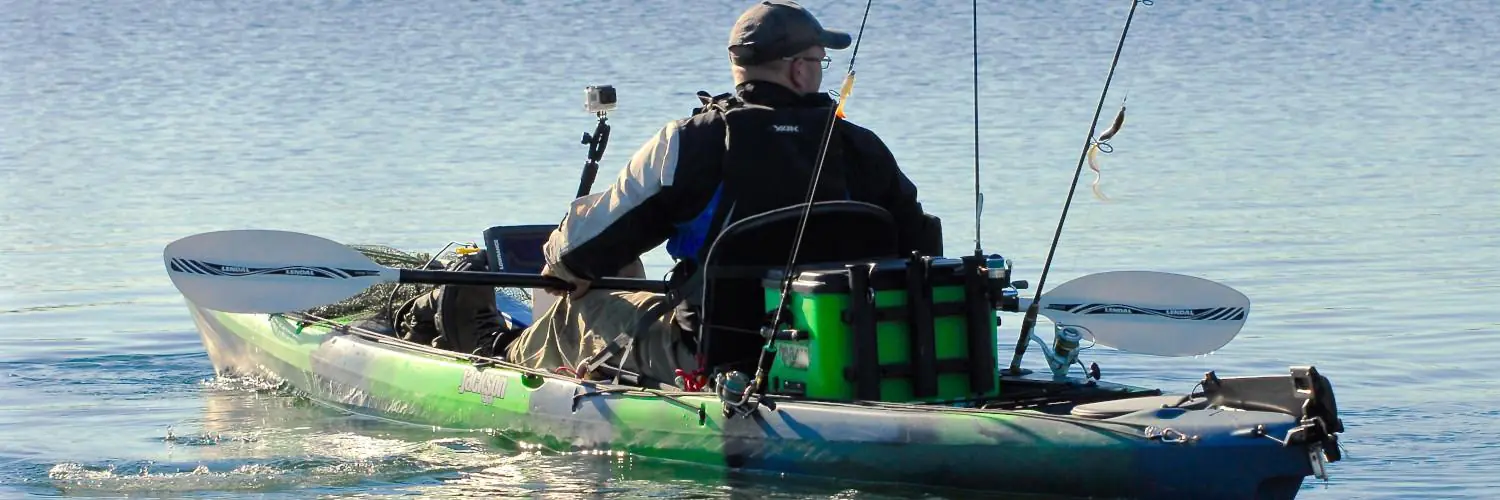Tandem kayaks are boats designed for two people to paddle together. These special kayaks have two seats instead of one, allowing friends or partners to share the adventure on the water. Tandem kayaks are longer and wider than solo kayaks, providing more stability and space for gear.
Paddling a tandem kayak requires teamwork and communication. The front paddler sets the pace, while the rear paddler steers and helps power the boat. This shared effort can make tandem kayaking a fun and bonding experience for couples, families, or friends.
Tandem kayaks come in different styles for various water conditions. Some are made for calm lakes, while others can handle rough seas or rivers. They often have extra storage space, making them good choices for fishing or longer trips. Learning to paddle in sync takes practice, but many people find tandem kayaking rewarding and enjoyable.
Table of Contents
Understanding Tandem Kayaks
Tandem kayaks are designed for two paddlers. They offer unique advantages and experiences compared to solo kayaks.
Defining the Tandem Kayak
A tandem kayak is a boat made for two people to paddle together. It has two seats and is longer than a solo kayak. Tandem kayaks are wider, which makes them more stable on the water.
These kayaks come in different styles. Some have closed tops, while others are open sit-on-top designs. They’re great for lakes, rivers, and even calm coastal waters.
Tandem kayaks are often called “double kayaks” because of their two-person capacity. They’re built to handle the weight of two adults and their gear.
Tandem vs. Solo Kayaking
Tandem kayaking differs from solo kayaking in several ways. The most obvious is that two people paddle instead of one. This can make the kayak move faster and cover more distance.
Tandem kayaks are safer for beginners. With two people, there’s less chance of tipping over. They’re also good for kids or less experienced paddlers to learn with a more skilled partner.
Solo kayaks are easier to maneuver and transport. But tandems are great for sharing the experience with a friend or family member. They allow for teamwork and shared effort on the water.
Choosing between tandem and solo depends on your goals. Tandems are ideal for social outings and teaching new paddlers. Solo kayaks work better for independent exploration and skilled paddlers.
Choosing a Tandem Kayak
Picking the right tandem kayak involves thinking about key factors and kayak types. This helps paddlers find a boat that fits their needs and skills.
Factors for Consideration
When choosing a tandem kayak, look at the boat’s size and weight capacity. Make sure it can hold both paddlers and gear. Check the kayak’s length and width. Longer kayaks go faster but are harder to turn. Wider kayaks give more stability.
Think about where you’ll use the kayak. Calm lakes need different features than rough waters. Look at the kayak’s storage space. Some have waterproof compartments for gear.
The kayak’s material matters too. Plastic is tough and cheap. Fiberglass is lighter but costs more. Think about how you’ll move and store the kayak. Some are very heavy.
Types of Tandem Kayaks
Sit-on-top tandem kayaks are easy to use. They’re good for beginners and warm weather. You can get on and off quickly. But you might get wet from splashes.
Sit-inside tandem kayaks keep you drier. They work well in cool weather. These kayaks can carry more gear in their closed decks. But they’re harder to get in and out of.
Inflatable tandem kayaks are easy to store and move. They’re great for people with small cars or limited storage. But they’re not as fast as hard-shell kayaks.
Some tandem kayaks can convert to single kayaks. This adds versatility. You can use them alone or with a partner. But they might not perform as well as dedicated singles or tandems.
Benefits of Tandem Kayaking
Tandem kayaking offers unique advantages for paddlers of all skill levels. It combines teamwork, shared experiences, and improved stability on the water.
Shared Effort in Paddling
Tandem kayaks allow two people to work together, making the paddling experience easier and more enjoyable. The shared effort can help cover longer distances with less fatigue. This is great for trips where one person might get tired.
Beginners can pair up with more skilled paddlers to learn proper techniques. The experienced kayaker can guide and teach their partner while on the water. This hands-on approach speeds up the learning process.
Families with young children benefit from tandem kayaks too. Parents can take their kids out safely, introducing them to the sport at an early age.
Health and Social Advantages
Tandem kayaking provides a fun way to exercise and spend time outdoors. It works different muscle groups and improves cardiovascular health. The activity burns calories while being low-impact on joints.
Paddling together builds trust and communication skills. Couples, friends, or family members can bond over the shared experience. It’s a great way to connect without screens or other distractions.
Tandem kayaks often have more storage space than solo models. This extra room is perfect for longer trips or fishing gear. Paddlers can bring along food, camping equipment, or other supplies comfortably.
Challenges and Considerations
Tandem kayaks come with unique obstacles that paddlers must navigate. These challenges require teamwork, coordination, and careful planning to overcome.
Weight and Maneuverability
Tandem kayaks are heavier than solo models. This extra weight makes them harder to carry and transport. On the water, their size affects turning and steering. Paddlers need more strength to control the kayak, especially in windy conditions or strong currents.
The longer length of tandem kayaks can make them trickier to maneuver in tight spaces. This can be an issue when navigating narrow waterways or crowded areas. Paddlers must plan their routes carefully and work together to steer effectively.
Learning to Paddle Together
Paddling a tandem kayak requires a different approach than solo kayaking. Two people must learn to work as a team. This means matching stroke timing and power to move efficiently through the water.
Communication is key. Paddlers need to agree on direction and speed. They must also decide who will steer. Without good teamwork, the kayak may zigzag or spin in circles.
Capsizing is a risk if paddlers are not in sync. If one person leans too far or makes sudden movements, it can throw off the balance. Both paddlers must stay aware of each other’s actions to keep the kayak stable.
Maximizing Tandem Kayaking Experience
Tandem kayaking offers a unique chance to enjoy the water with a partner. Good teamwork and the right skills can make your trip fun and safe.
Safety and Preparedness
Always wear life jackets when tandem kayaking. Check the weather before you go out. Pack water, snacks, and a first aid kit. Bring a waterproof bag for your phone and keys.
Tell someone where you’re going and when you’ll be back. Learn basic kayak rescue methods. Practice getting in and out of the kayak on land first.
Dress for the water temperature, not the air temperature. Bring extra clothes in case you get wet. Wear sunscreen and a hat to protect from the sun.
Advanced Techniques for Paddling
Sync your strokes with your partner for smooth paddling. The person in back should match the front paddler’s rhythm. This helps the kayak move straight.
Try different paddle strokes to turn or stop. The draw stroke pulls water toward the kayak. The sweep stroke turns the kayak. The reverse stroke slows you down.
Learn to read the water. Look for rocks, logs, or strong currents. Plan your path ahead of time. Use the kayak’s stability to lean into turns. This makes turning easier and faster.
Practice bracing to prevent tipping. Put your paddle flat on the water’s surface on the side you’re tipping toward. Push down on the paddle to right yourself.








